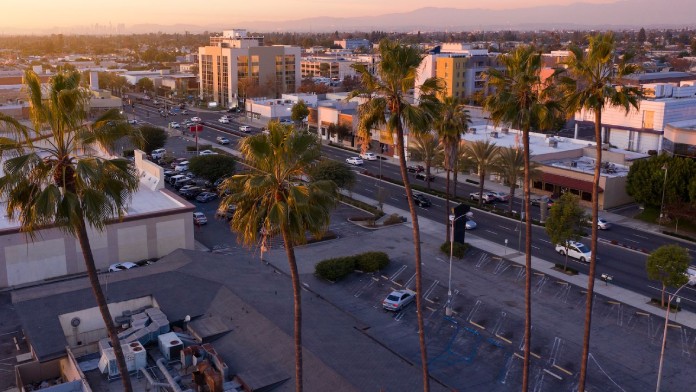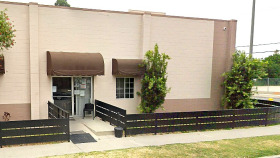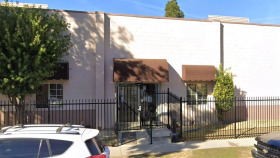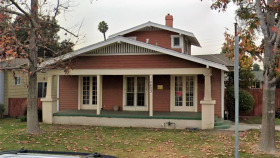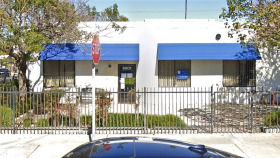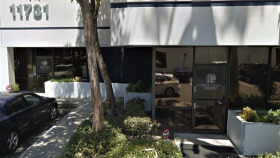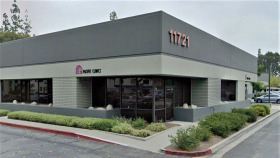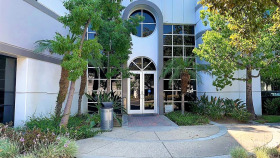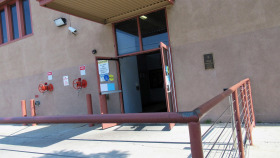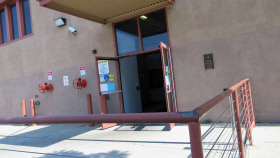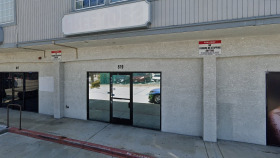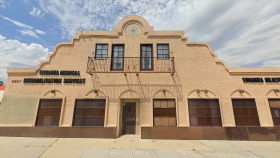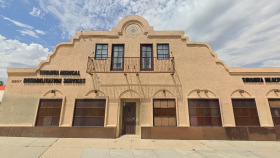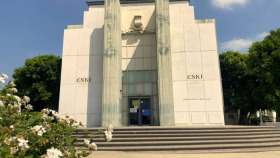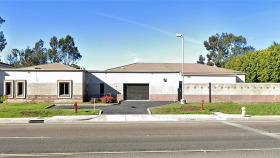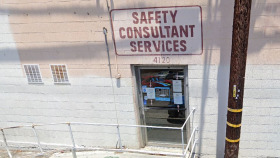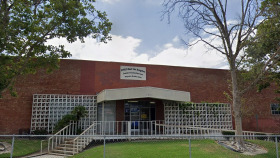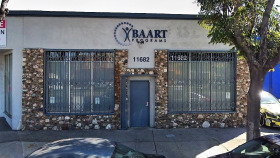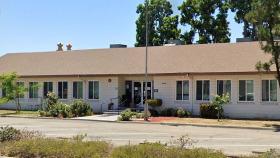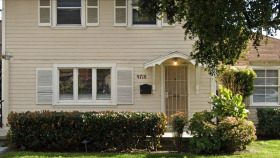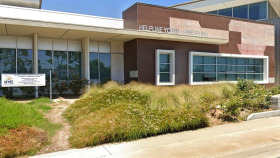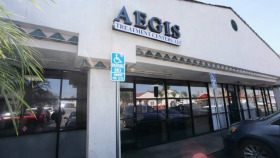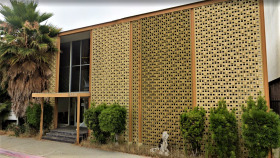Substance Abuse Statistics in Downey
Here is some data about alcohol and drug misuse in Downey and Los Angeles County:1,3
In 2021, 40% of those entering rehab for alcohol also misused methamphetamines.
There were 123 alcohol-related motor vehicle deaths in Los Angeles County in 2020.
Levels of Substance Abuse Care
Multiple levels of care exist for addiction treatment. Some California residents require all levels of care during their journey to recovery, while others receive only the less intensive options.
Medical Detox
Detox is the process of removing drugs or alcohol from your system, safely and comfortably, in a supervised medical setting. Many people choose a medical detox program to prevent severe withdrawal symptoms. This is often the first step in the treatment process, completed before transitioning into formal treatment services.
Inpatient Drug and Alcohol Rehab
Inpatient or residential treatment involves living at a rehab facility to receive 24/7 care. A combination of treatment interventions is provided, including individual and group therapy, nutritional counseling, and medication.
Partial hospitalization programs (PHPs)
PHPs allow California residents to live at home while attending treatment at a hospital. They often receive many of the same treatments provided during inpatient care, but can return home during non-treatment hours.
Intensive Outpatient Programs (IOPs)
A step down from a PHP, IOPs allow California residents to attend counseling several days each week, while spending the rest of their time at home, working, or fulfilling other obligations.
Standard Outpatient
As the least intensive treatment option, standard outpatient care is appropriate for California residents who are highly motivated and have a strong support system. It involves just one or two hours of treatment per week.
Relapse Prevention
Aftercare, or relapse prevention, provides ongoing support after a rehab program is complete. Aftercare may include 12-step groups, non-12-step groups like SMART Recovery, ongoing therapy, sober living homes, and more.
How to Pay for Alcohol and Drug Rehab in Downey
If you find that the cost of rehab is a big factor stopping you from getting the quality care you need, you have free and low-cost rehab options to explore.
State-Funded Rehab: State-funded rehab programs receive financial awards from the government. These funds are used to pay for alcohol and drug rehab for individuals who aren’t able to pay for rehab themselves. To qualify for a state-funded rehab, you may have to submit an application or prove that you have a low income.
Rehab Scholarships: Rehab scholarships are offered by a rehab program that may help cover all or a portion of drug or alcohol rehab. These funds usually don’t have to be repaid, but you may have to submit an application to qualify. To get more information about a specific rehab scholarship, you may have to contact the rehab of your choice.
Charitable Organizations: Charitable organizations offer free and low-cost rehab to those who have a low income. These organizations, like The Salvation Army, are funded by monthly donations. To qualify for free or low-cost drug and alcohol rehab through a charity, you may have to go through an application process.
Private Insurance, Medicare, and Medi-Cal
Most drug and alcohol rehabs in Downey make paying for treatment affordable by accepting private health insurance from providers like Aetna, Cigna, or United Healthcare. Using your private health insurance to pay for addiction treatment can help reduce or eliminate your out-of-pocket costs. As always, check with your insurance provider to make sure you’re evaluating rehab programs that are in-network.
What about those who don’t qualify for free or low-cost rehab through a state-funded program and don’t have private health insurance? If this describes your current situation, you may be eligible to receive Medicare or Medi-Cal health coverage.
Medicare is a federal program that covers health benefits for those who are at least 65 years of age or older. Fortunately, Medicare covers drug and alcohol treatment offered through licensed rehab centers.
Some of the therapies that Medicare covers include:4
- Inpatient treatment
- Outpatient treatment, including partial hospitalization programs
- Medication prescribed during treatment
- Drug and alcohol misuse-based hospitalizations
- Educational resources about alcohol and drug misuse
Similar to Medicaid, Medi-Cal is a California and federally-funded program that offers health coverage to individuals who qualify as low-income. Medi-Cal covers the cost of rehab, including the following therapies:5
- Inpatient treatment
- Outpatient treatment
- Medication-assisted treatment including methadone and naltrexone
- Detox
- Therapies like crisis interventions
- Individual therapy
- Group therapy
Using Medicare or Medi-Cal to pay for alcohol and drug rehab can make affordable care through licensed rehab centers a reality.
Additional Payment Options for Addiction Treatment
Private Insurance
Every insurance provider in the U.S. is required by law to provide at least some coverage for mental health and substance abuse treatment. California residents should contact their provider to confirm specific coverage through their carrier, including copays.
Medi-Cal
Medi-Cal is California’s Medicaid program. Funded by federal and state taxes, this program pays for medical services for children and adults who have limited income. To qualify for Medi-Cal, California residents must meet income requirements and be one of the following: pregnant, responsible for a child under 21 years old, blind, disabled or a disabled family member, or 65 years or older.
California Medicare
California Medicare is a government program providing coverage to residents who are over the age of 65 or who have end-stage renal disease. California residents can use Medicare to cover the cost of rehab and other addiction treatment services; however, not all rehabs accept Medicare insurance.
Sliding Scale Rehabs
Sliding scale rehabs charge what California residents can afford, based on their income. To qualify, residents typically need to provide proof of income and assets.
TRICARE in California
California TRICARE (West Region) is a government program that provides health insurance for military personnel, veterans, and their dependents. TRICARE coverage includes addiction treatment services, such as rehab and medication-assisted treatment.
State-Funded and Free Rehabs
For California residents who can’t afford treatment, state-funded and free rehab services may be available. These programs use government funding to pay for the cost of treatment. To qualify, residents may be required to provide proof of income.
Sliding Scale Rehabs
Sliding scale rehabs offer income-based fees, meaning they charge only what a Florida resident can reasonably afford to pay. To qualify for a sliding scale rehab in Florida, residents typically are required to show proof of income.
IHS-Funded Drug Rehabs
Drug rehab programs funded by the Indian Health Service provide free addiction treatment to Alaskan Natives and Indigenous people in the U.S.
California Alcohol and Drug Laws
California laws include the following policies regarding substance abuse:1,2,3,4,5
California Employee Protections for Drug or Alcohol Rehab: California’s labor code requires employers with 25 or more employees to provide accommodation to staff who voluntarily choose to attend alcohol or drug rehab. This may include unpaid time off or use of sick or vacation time. Employees who wish to request time off for addiction treatment may be able to request it under the Family and Medical Leave Act or the California Family Rights Act.
Substance Abuse and Crime Prevention Act: This act provides treatment opportunities for individuals who are convicted of non-violent crimes. Eligible offenders may serve their time in drug treatment rather than in prison.
California Government Prevention and Care Services: Senate Bill 110 expanded these services to include contingency management (an incentivized treatment program) as a benefit covered under Medi-Cal. Patients who demonstrate substance-free behavior, such as drug-free urine tests, are rewarded with vouchers or gift cards.
California Ethical Treatment for Persons with Substance Use Disorder Act: This protects drug addiction treatment clients by requiring treatment providers to adopt a client bill of rights, to ensure all individuals receiving addiction care are treated with dignity, honesty, and respect.
California’s Good Samaritan Law: This law encourages California residents to call 9-1-1 if an overdose is suspected. It protects individuals who seek emergency medical care for overdose from legal repercussions for possession of a controlled substance/drug paraphernalia or providing alcohol to minors.
Travel to and Within Downey, California
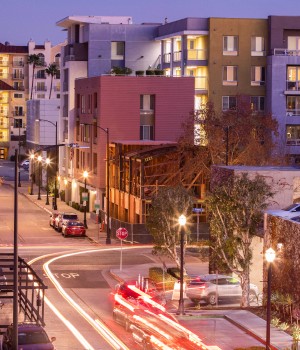 If you do choose to go to this vibrant location for drug or alcohol rehab, here is some useful information about Downey:
If you do choose to go to this vibrant location for drug or alcohol rehab, here is some useful information about Downey:
- Downey, CA, is located only 17 miles from Los Angeles International Airport. Other nearby airports include Long Beach Airport, Bob Hope Airport, and John Wayne Airport.
- Since Downey is 12 miles from downtown Los Angeles, there are plenty of hotel options ranging from modest to luxurious.
- Downey is somewhat walkable, and some tasks can be accomplished through biking.
- Downey is only miles away from Disneyland and the Pacific coast. There’s also plenty of family-friendly fun activities and experiences like the Colombia Memorial Space Center and the Downey History Center.
- If art and theater are more important to you as you work toward recovery, you can visit the Downey Theatre and the Downey Museum of Art.
Resources
- County of Los Angeles Public Health Substance Abuse Prevention and Control. (2022). SAPC Data Brief Prescription (Rx) Opioid Misuse/Abuse and Consequences.
- California Legislative Information. (2009). Good Samaritan Law.
- County of Los Angeles Public Health Substance Abuse Prevention and Control. (2022). SAPC Data Brief Excessive Drinking and Consequences.
- Center for Medicare Advocacy. (2022). Medicare Coverage of Mental Health and Substance Abuse Services.
- California Department of Health Care Services. (2022). Essential Health Benefits.

